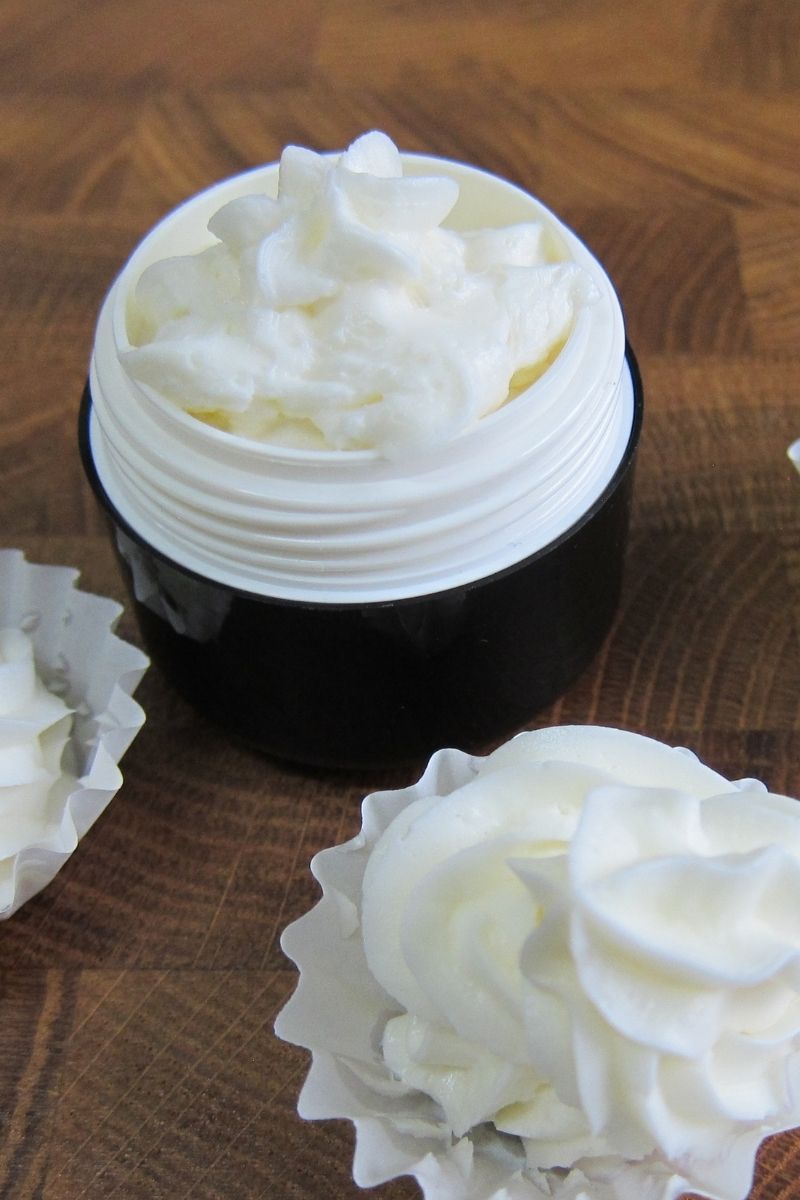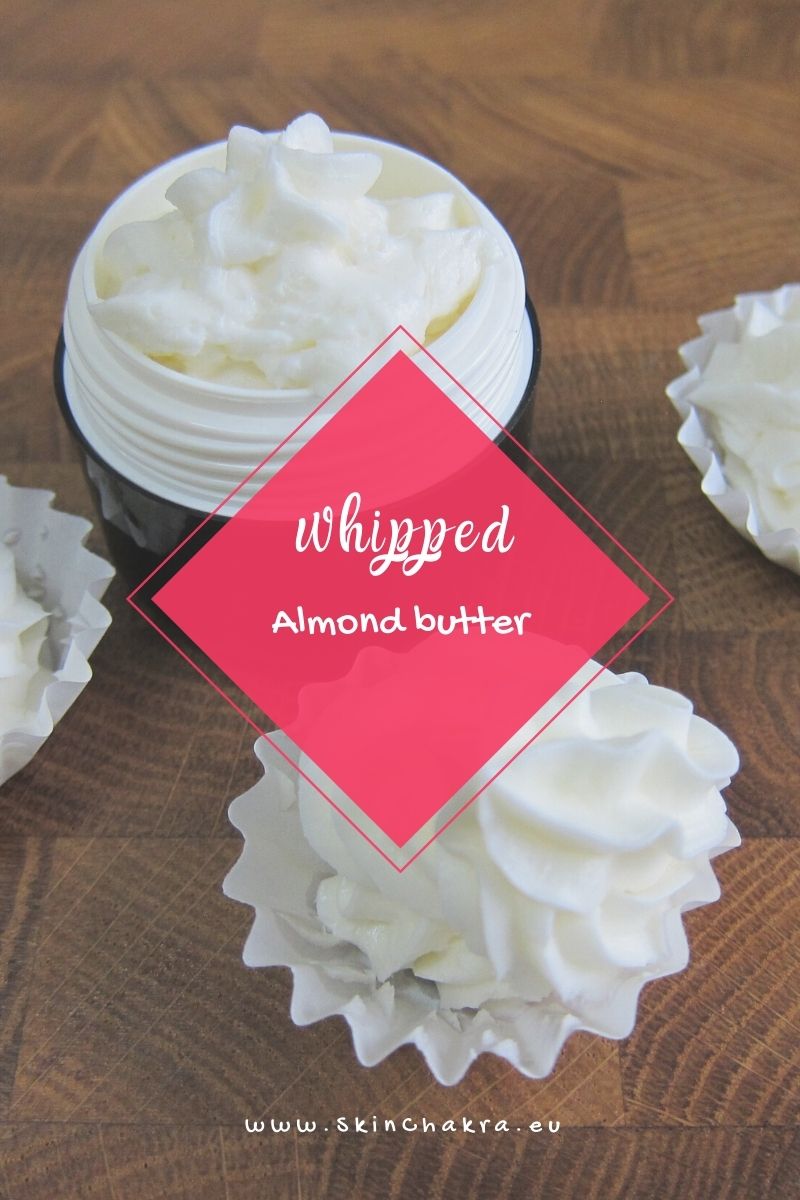We are in the middle of the design of our butter course and some of the formulations we have creatd for this course are so fabulous I just can't help sharing it with you before the course launches.
Earlier this year we introduced "glyceryl dibehenate" which is a diester of glycerine and behenic acid an dan amazing ingredient for both those formulators who make waterless products as well as emulsions.
This is a tool for fail-proof balms and butters and is an ingredient that you can blend with plant oils to create balms with varying consistencies without the hassle of calculating the balance between butters, oils and waxes.
Read this post about G2B before you proceed.
In this post, I am sharing a very simple and basic almond butter formulation with a WOW! effect.
The formulation is ridiculously simple but the outcome is amazingly impressing in terms of appearance, consistency, texture and skin feel. You can leave the balm unwhipped but the texture and even the skin feel are much better when the balm is whipped.
Just a few points
The key to any non-grainy balm is a uniform cooling to avoid partial crystalization of the longer chain fatty acids. That is as important when working with G2B as when you are making a conventional balm with a blend of plant oils, butters and waxes.
When working with G2B, the consistency of the balm changes within the first 24 hours even after you have stopped cooling and the balm is at room temperature. So do not judge the texture of the balm immediately and wait about two days (the balm is kept at RT) to see if you like it or if you want to make is softer or harder.
Now let's jump to the formulation which is ridiculously simple and basic
Formulation

Procedure:
1- Blend phase A in a heat proof beaker and heat in a water bath between 75-80 oC.
2- When all of phase A is uniformly melted remove from the bath and stir for a while to cool down.
3- Add the almond oil when the temperature is around 50 and start cooling down. You can put the beaker in the fridge and stir the content completely every now and then.
Do not let the balm solidify without stirring
4-When the balm is cooled down and reaches a light trace add the essential oils and continue cooling.
5- When the balm reaches a hard trace start whipping. You may need to repeat the beating-cooling cycles a few time till the balm reaches the desired consistency.
6- Let the balm rest in the fridge for a couple of hours and then remove it from the fridge. You can fill it in your desired jars at this stage
Watch the video here
Stay safe and creative



